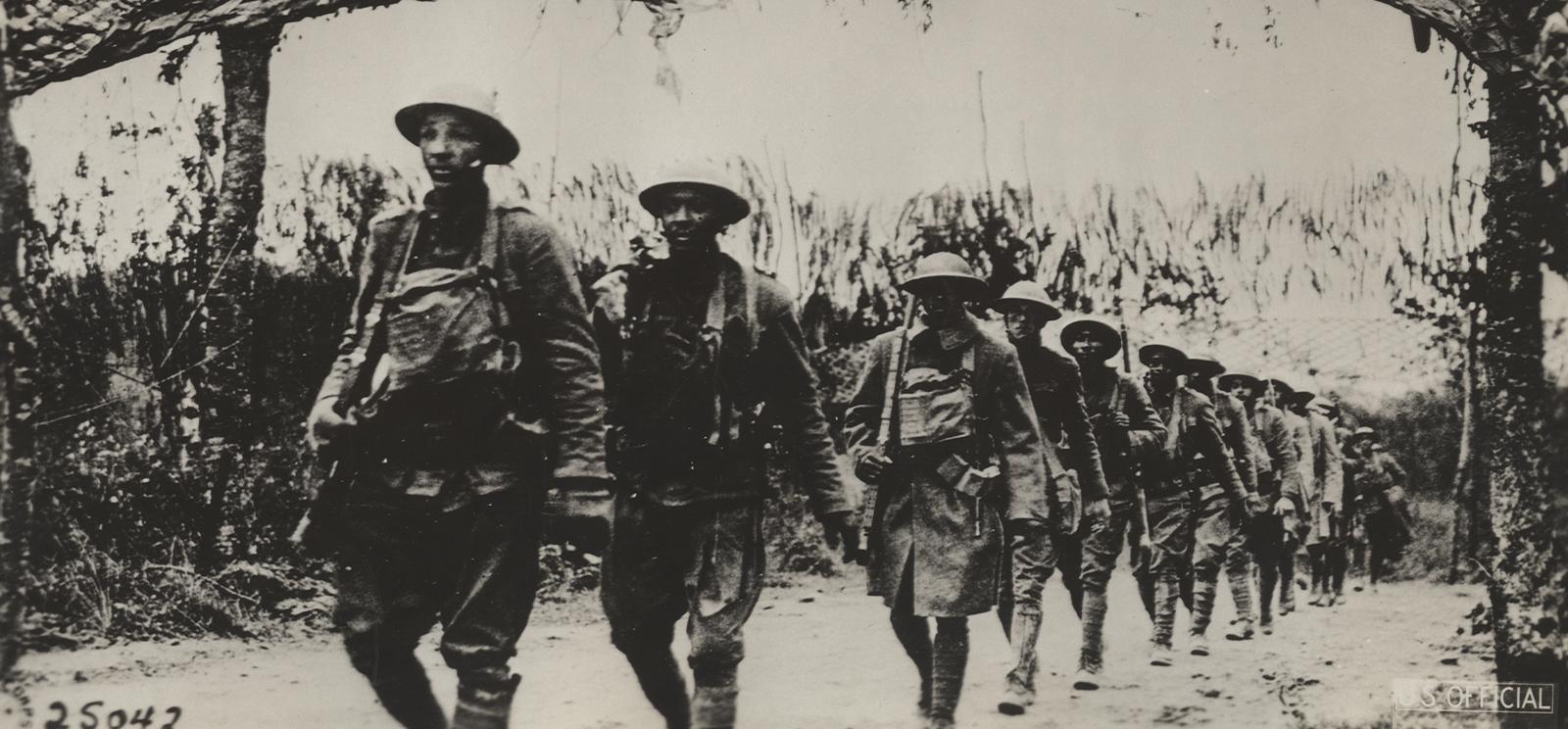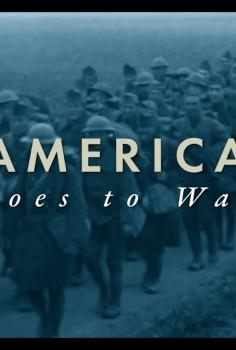National Archives and Records Administration. “African Americans in the Military during World War I.” National Archives, August 6, 2020. https://www.archives.gov/research/african-americans/wwi/war.
Schubert, Frank. “Buffalo Soldiers.” BlackPast, August 10, 2007. https://www.blackpast.org/african-american-history/buffalo-soldiers/.
US House of Representatives. “World War I And The Great Migration.” History, Art, and Archives. United States House of Representatives. Accessed May 20, 2022. https://history.house.gov/Exhibitions-and-Publications/BAIC/Historical-Essays/Temporary-Farewell/World-War-I-And-Great-Migration/.
Yared, Ephrem. “92nd Infantry Division (1917–1919, 1942–1945).” BlackPast, March 9, 2016. https://www.blackpast.org/african-american-history/92nd-infantry-division-1917-1919-1942-1945-0/.








